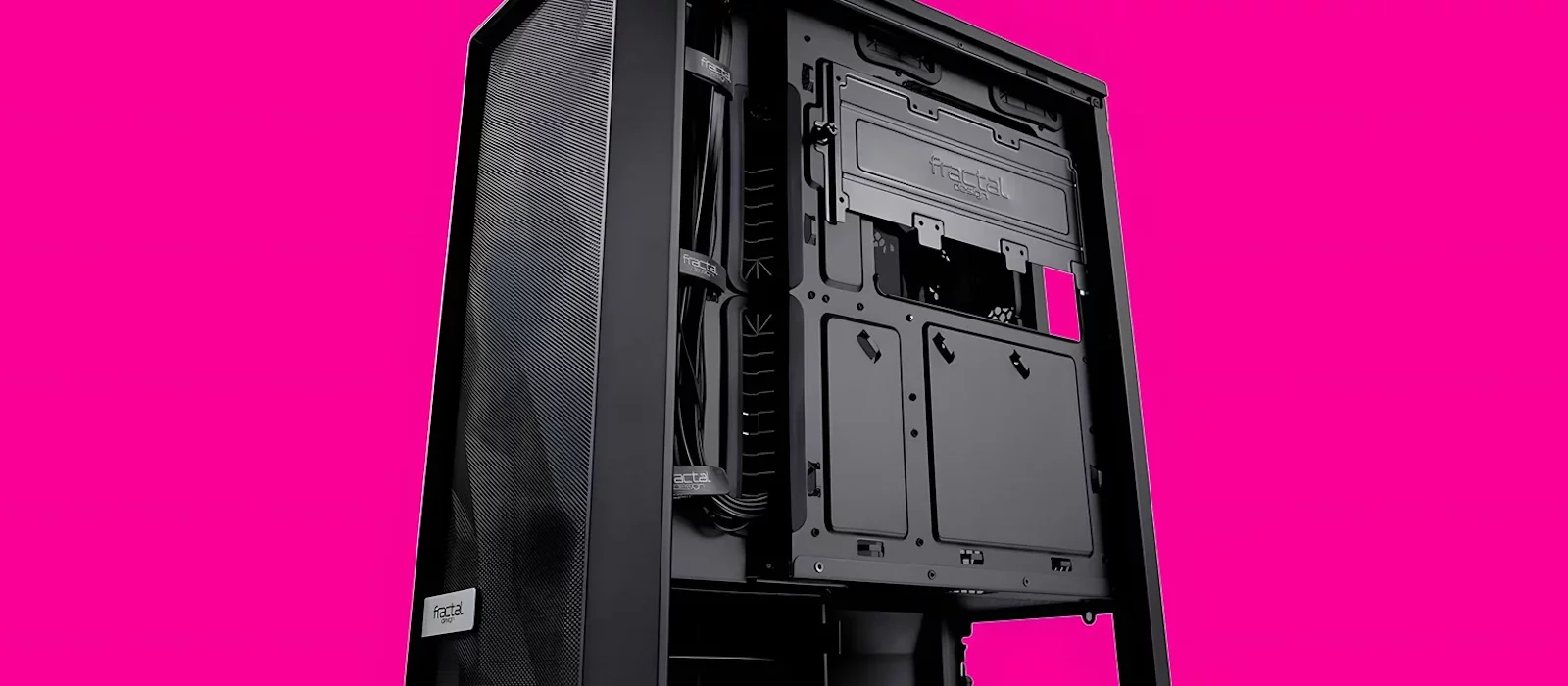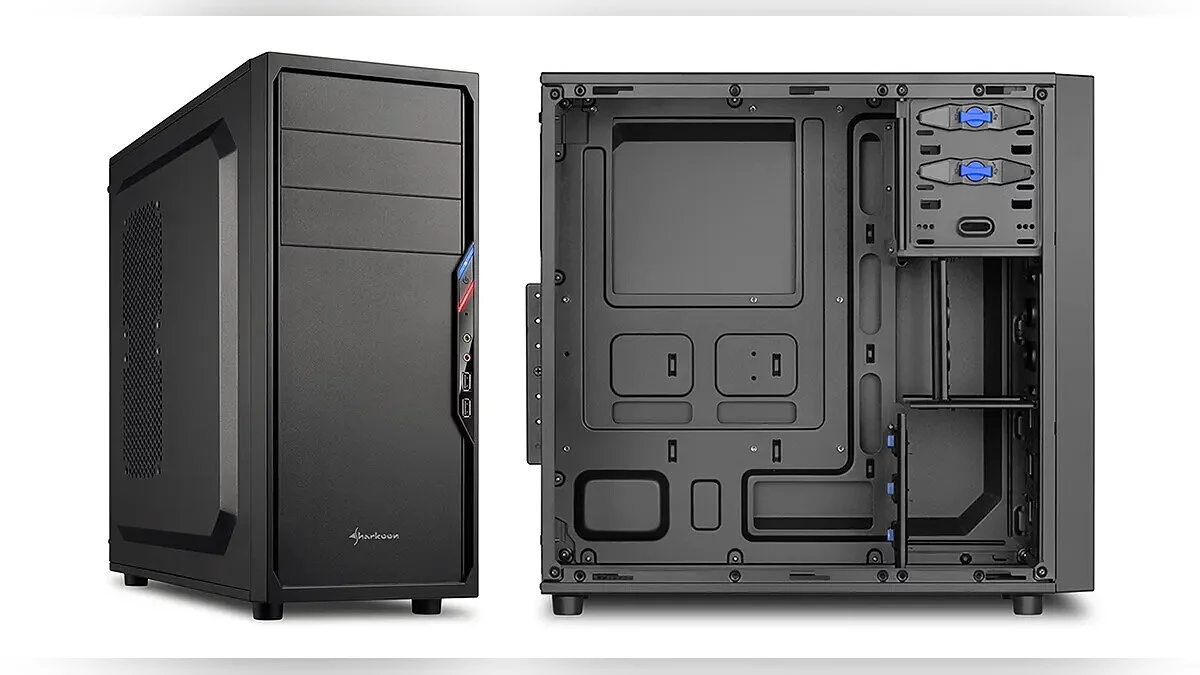How to choose a PC case?

One of the most interesting aspects of building a PC is choosing the case. The case is often the most important aspect of your build's aesthetics. However, aside from making your PC look cool, it also performs several important tasks and should include certain features to make your build as efficient as possible. This guide will cover the key aspects of choosing a case.
What to check before buying
The whole process of building a new PC often starts with the CPU and graphics card. These two components have the most significant impact on your computer's performance. Then you'll choose the motherboard, and then delve into selecting coolers, solid-state drives, and the power supply. Only at the very end will you start looking at a PC case that fits your budget and style.
There is nothing wrong with following this order, but it is important to remember that appearance is not all that matters when choosing a PC case. The most important question to ask yourself before choosing a case is whether the motherboard will fit in it. This means choosing a form factor, whether it is E-ATX, ATX, or microATX. Even if the case supports the type of motherboard you want to buy, double-check the exact dimensions to avoid any issues.
You also need to consider the size of other components. This includes the graphics card, CPU fan, and water cooling system if that's what you'll be installing in your case. Even the power supply can cause issues if you choose a massive model and try to fit it into a tiny case. Below we will discuss in more detail everything you need to know before buying.
Form factor
Regardless of the order in which you choose components, the form factor will be your main criterion to pay attention to. Do you need a Full Tower, Mid-Tower, or Mini-ATX? Let's take a closer look at each type.
Full tower
Full Tower is the largest type of case. If you choose a full tower, you better have a lot of space on your desk (or around it).
This type of case is one of the best due to the large amount of free space. They are spacious enough to accommodate graphics cards like the RTX 4090 with their demanding power connectors, as well as a dedicated cooling loop system. Most often, a full tower can even accommodate the largest E-ATX motherboards, although be sure to check this before purchasing.
It is recommended to use these types of cases for high-end builds due to the ability to install large radiators and additional fans. There will also be room for additional expansion slots.
Mid-tower
Mid-tower is essentially the same as a Full Tower, just on a smaller scale. Most of them are just under 20 inches tall, but they are still large enough cases to fit an ATX motherboard.
Although smaller in size, there is usually enough free space to install most closed-loop coolers (also known as All-In-One or AIO).
Micro-ATX
These small cases were designed for mini-ITX motherboards. They are perfect if you are building a small form factor PC. These cases are great if you need something portable and unobtrusive. However, you may face cooling issues if you load them with the latest hardware.
A water cooling system will not fit in such a case, and be cautious when purchasing a CPU fan. Pay close attention to the size of the motherboard and graphics card along with all the cables. Larger cards like the RTX 4090 or RTX 4080 will significantly complicate the purchase of a motherboard and a corresponding case.
Cooling
The cooling system plays a key role in the overall performance of your computer, and keeping all your components running and cool can be a challenging task. You can approach this issue from different perspectives, but the choice of a specific cooling method directly depends on the size and capacity of the case. You can read more about each cooling option in our article here.
Drive Bays
In the modern world, slim NVMe solid-state drives are preferred, making hard drive bays in a PC case much less important than before. However, you may still use a hard drive or SATA solid-state drive, which means you will need some bays for data storage.
In most cases, 2.5-inch and 3.5-inch slots will be sufficient for regular consumers. But if you need a lot of storage space, it is worth considering. Your case may also have mounting points for solid-state drives on the back of the motherboard tray.
Connectivity
While all the I/O ports on the back of the computer are part of the motherboard, the front panel connectivity is usually provided through the PC case. Depending on the style of your case, you may or may not have a lot of ports on the front. These include things like USB and USB-C ports, an audio jack, and card readers.
Choose a case based on the number of ports you use and the convenience of their location.
Cable Management
Proper cable routing can improve airflow inside the case. Additionally, if you choose a model with a tempered glass side panel (which is quite common these days), cable routing becomes even more important.
Some cases have cutouts in the motherboard tray that are great for keeping things tidy and routing all cables to the back. You may also encounter cheaper cases with holes in the motherboard tray, but more expensive options may additionally have convenient mounting points.
Case Style
Style plays a huge role when buying a case, as it may occupy space in your room for many years. Cases are most often either black or white, but sometimes you will see other colors. Many cases allow you to peek inside and view the components through a glass side panel.
Except for tiny cube PCs, the shape of your case will not matter as much as the amount of space you have left after installing all the system components. And the number of fans that constantly keep the inside of your PC cool. However, keep in mind that oddly shaped cases may have poor airflow, so read a few reviews before purchasing one of these.
Choosing the Right PC Case for Your Budget
While most people aim to buy a new PC case with all the desired features, a suitable PC case should fit your budget. The right way to choose a new PC case is to determine your budget. Determine how much you will spend on it and try to balance cost and quality to get the most value.
Besides the budget, you should also consider the manufacturer's reputation. Many well-known brands, such as Corsair, Thermaltake, LIAN LI, HYTE, and many others, produce quality budget cases. Read reviews, check ratings, gather user feedback, and consider a PC case that meets your specific requirements.








